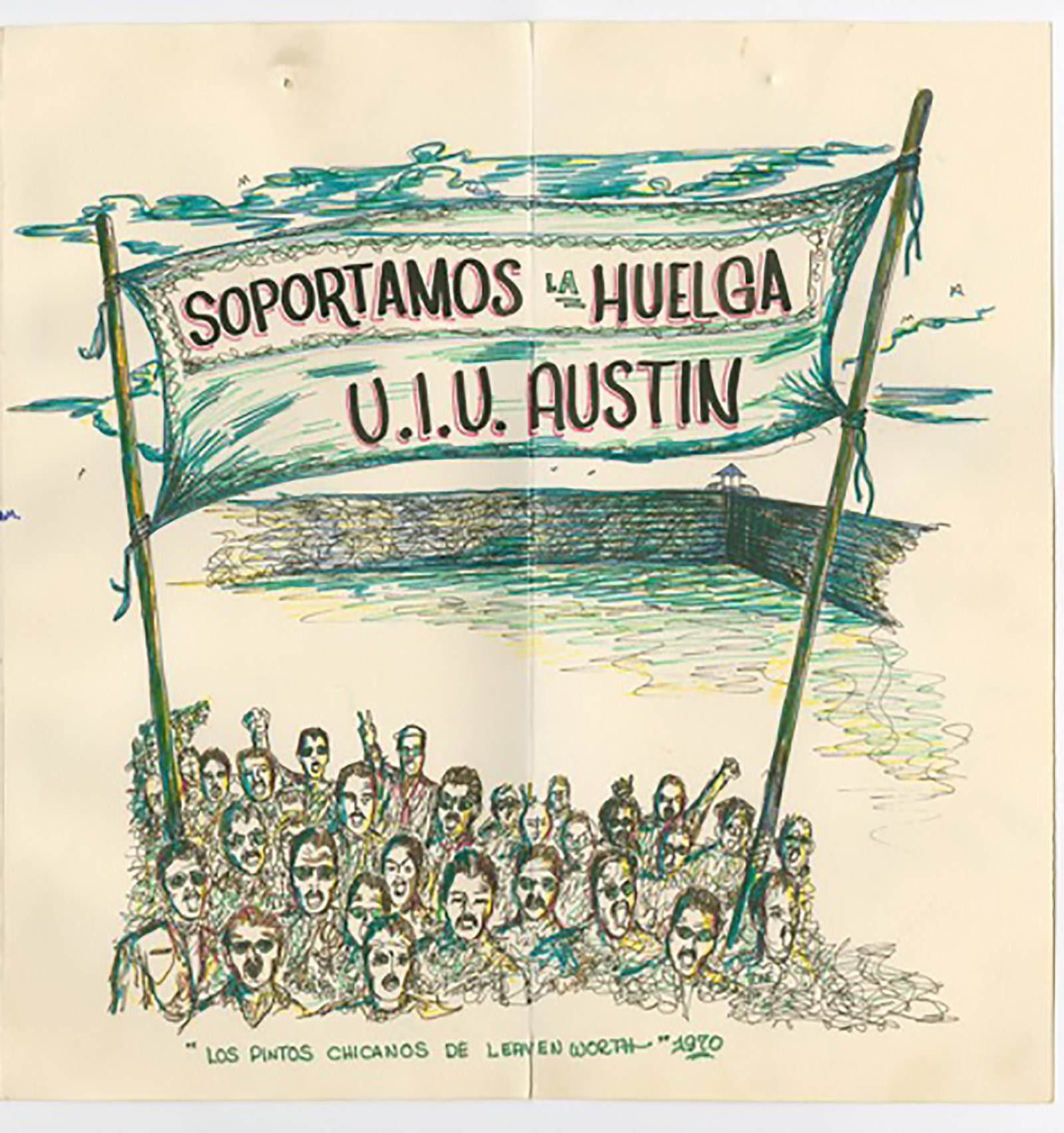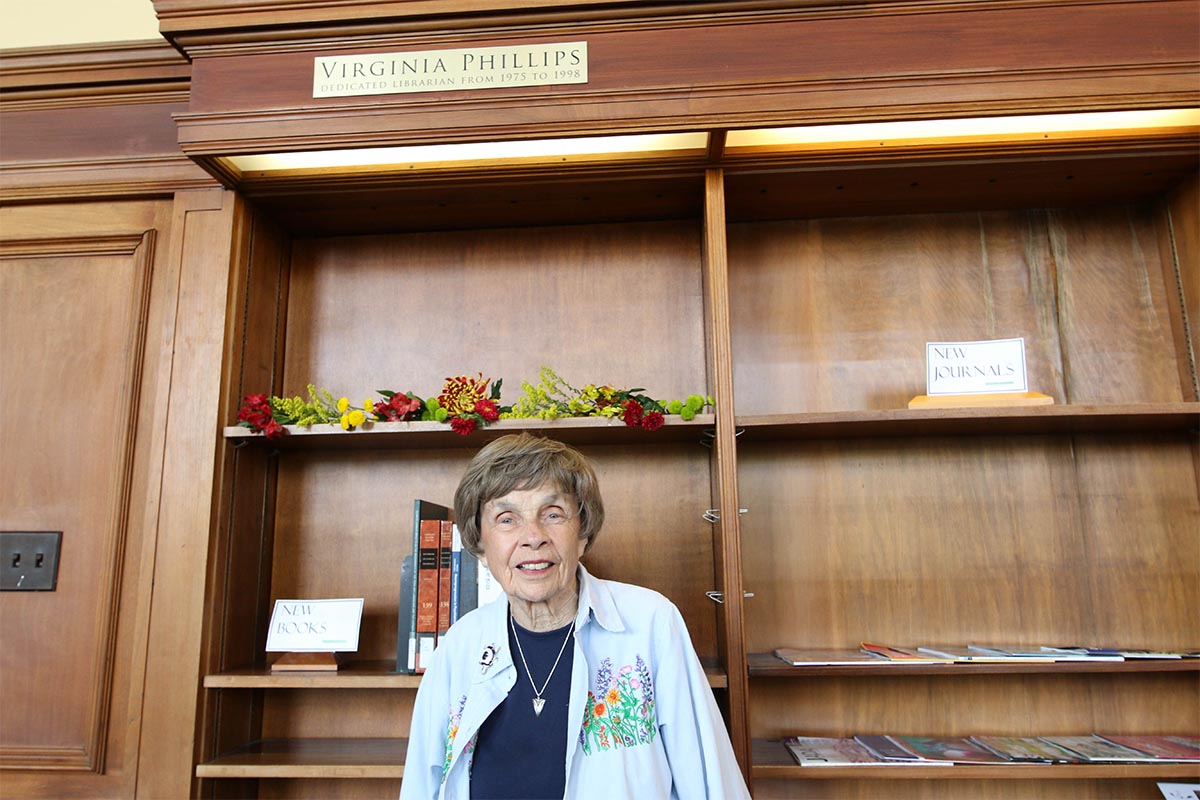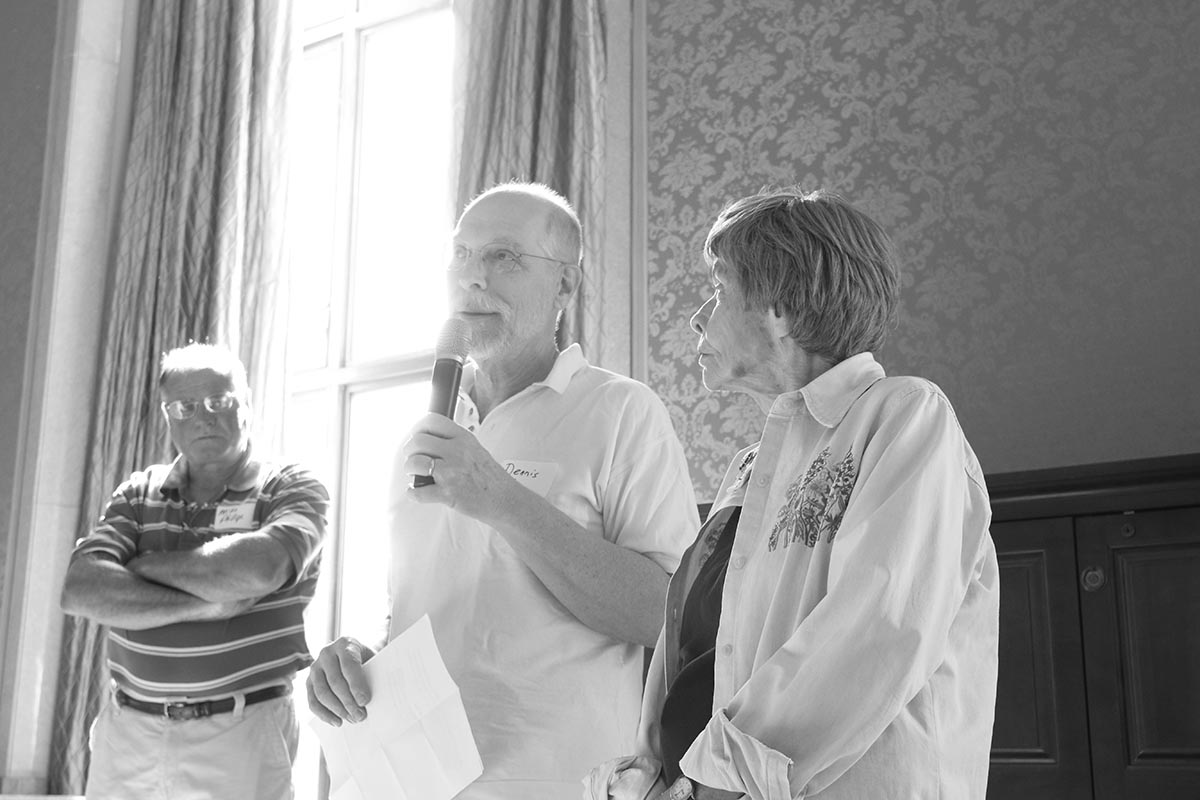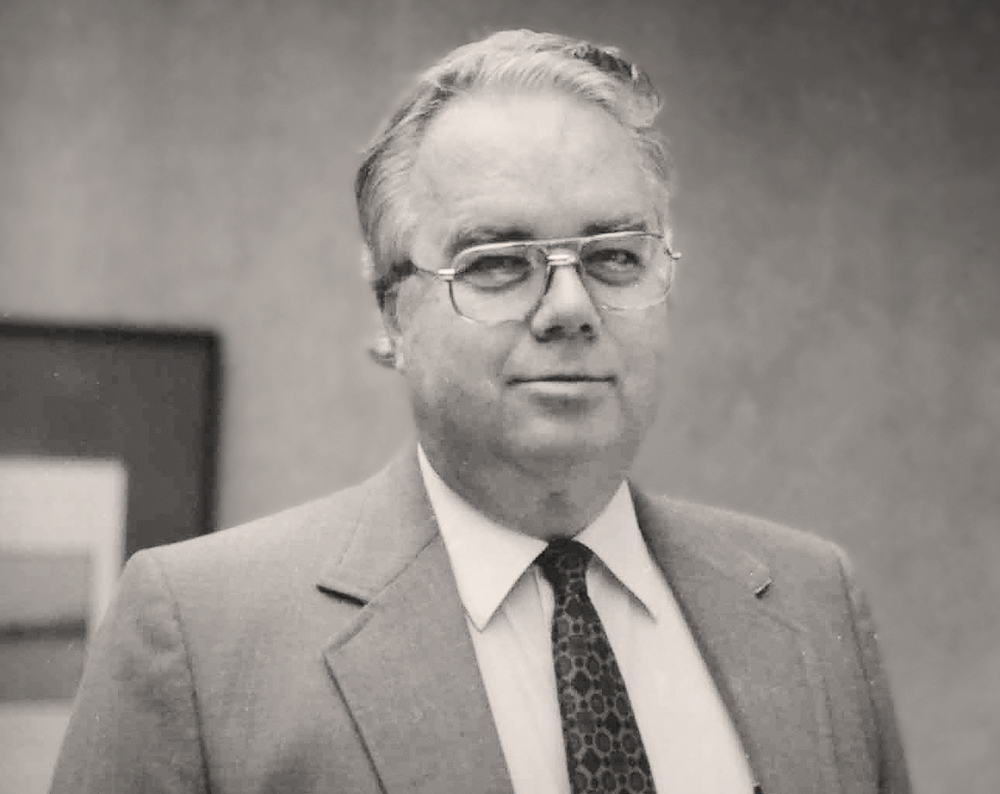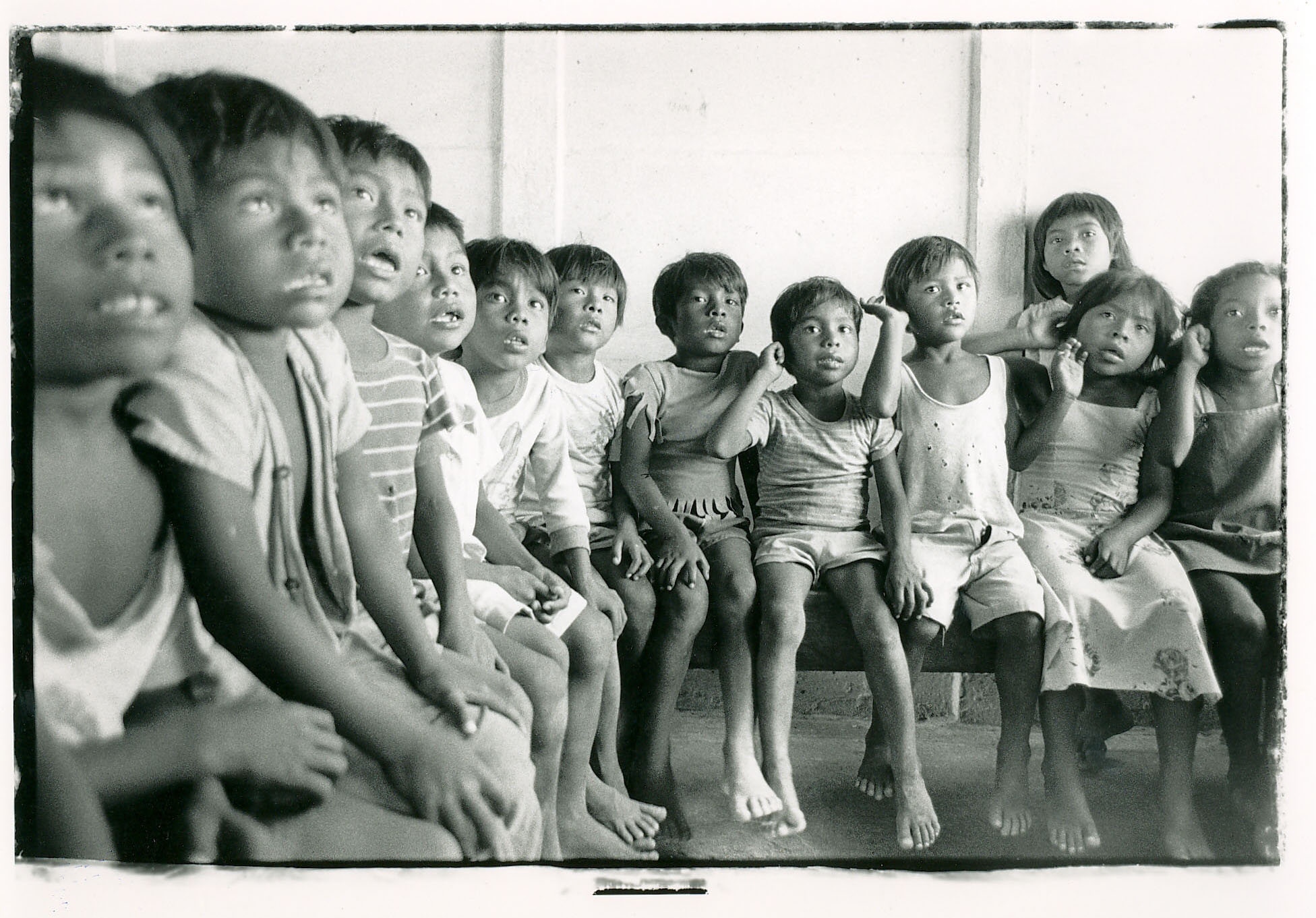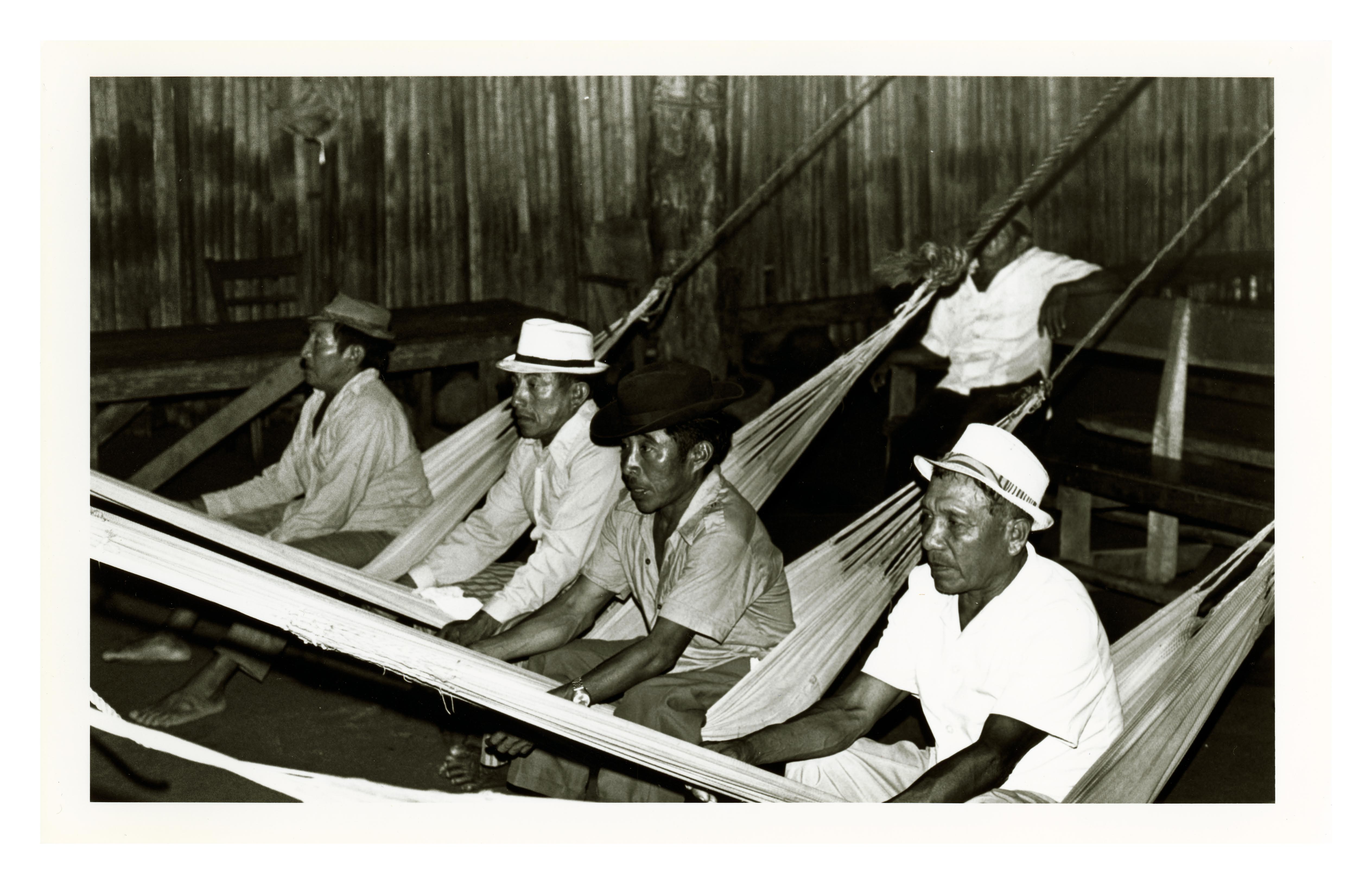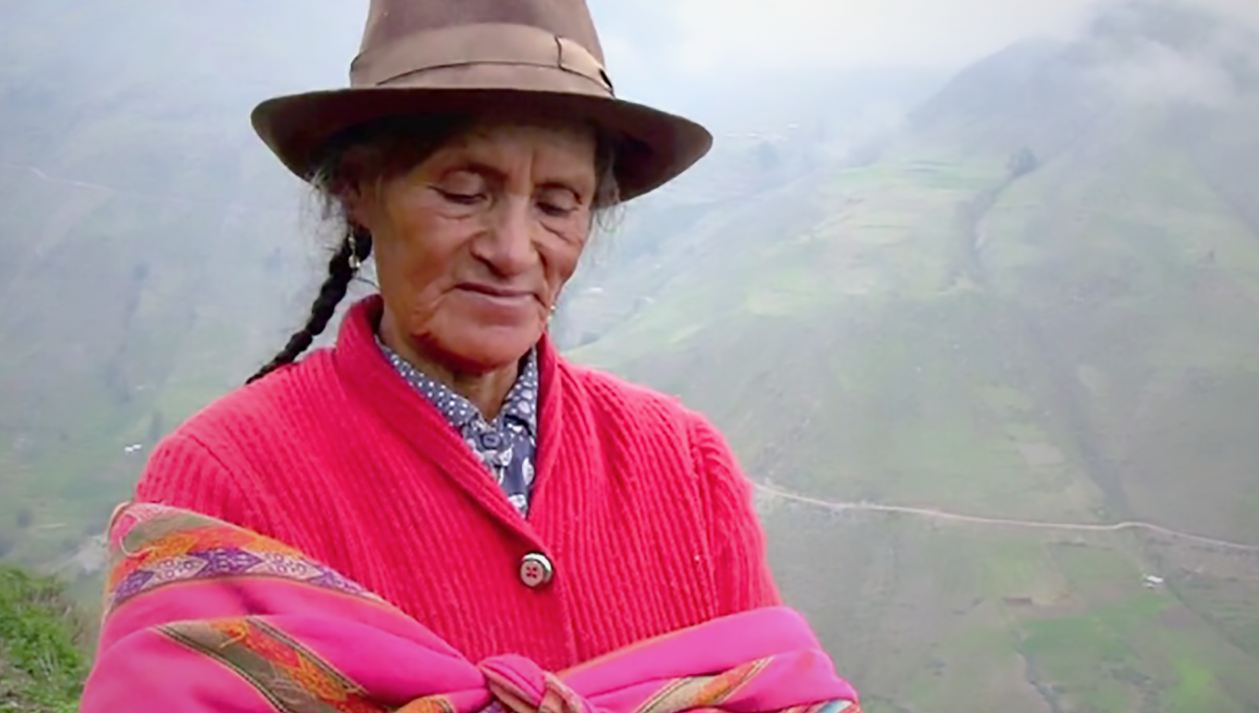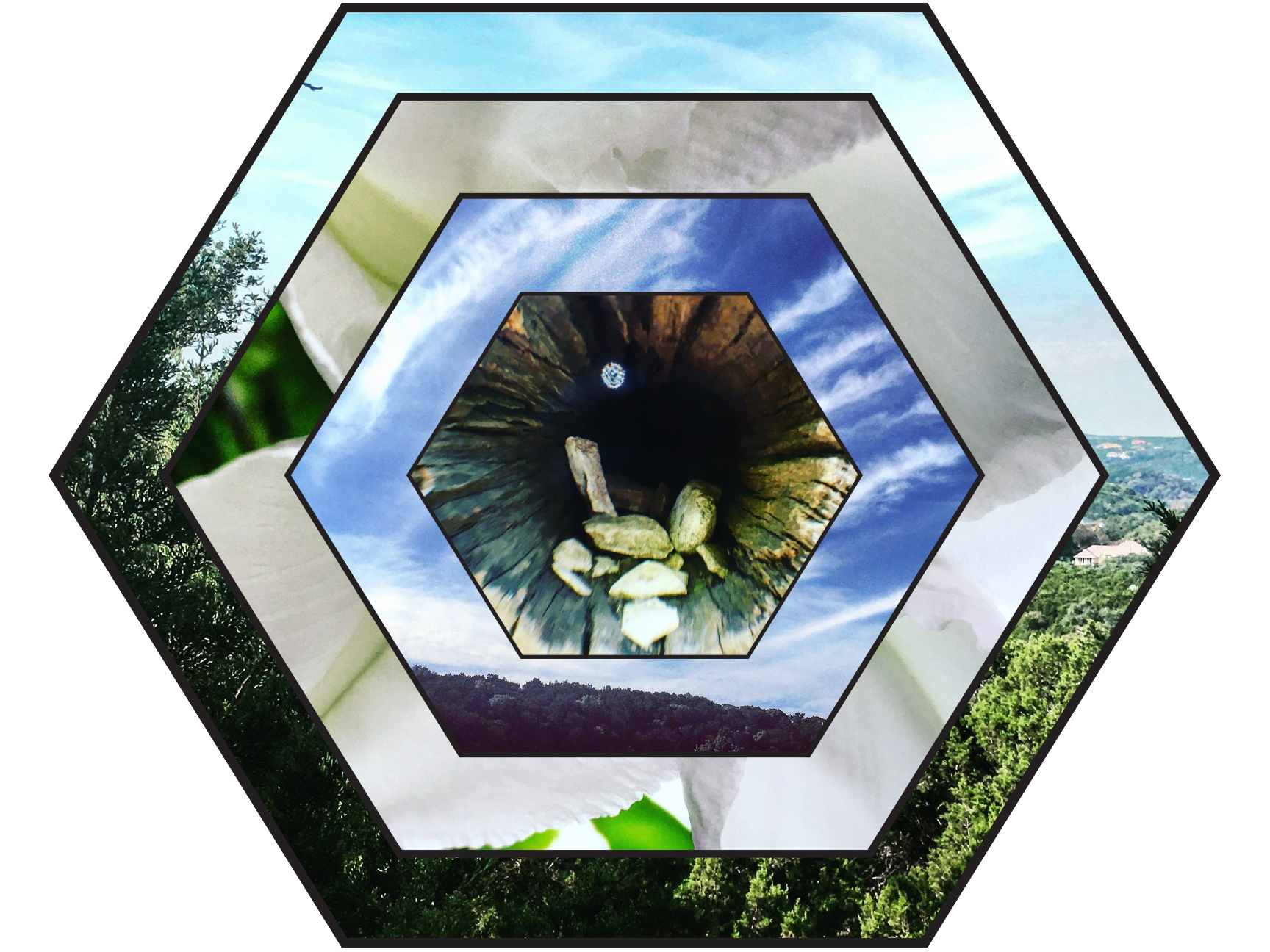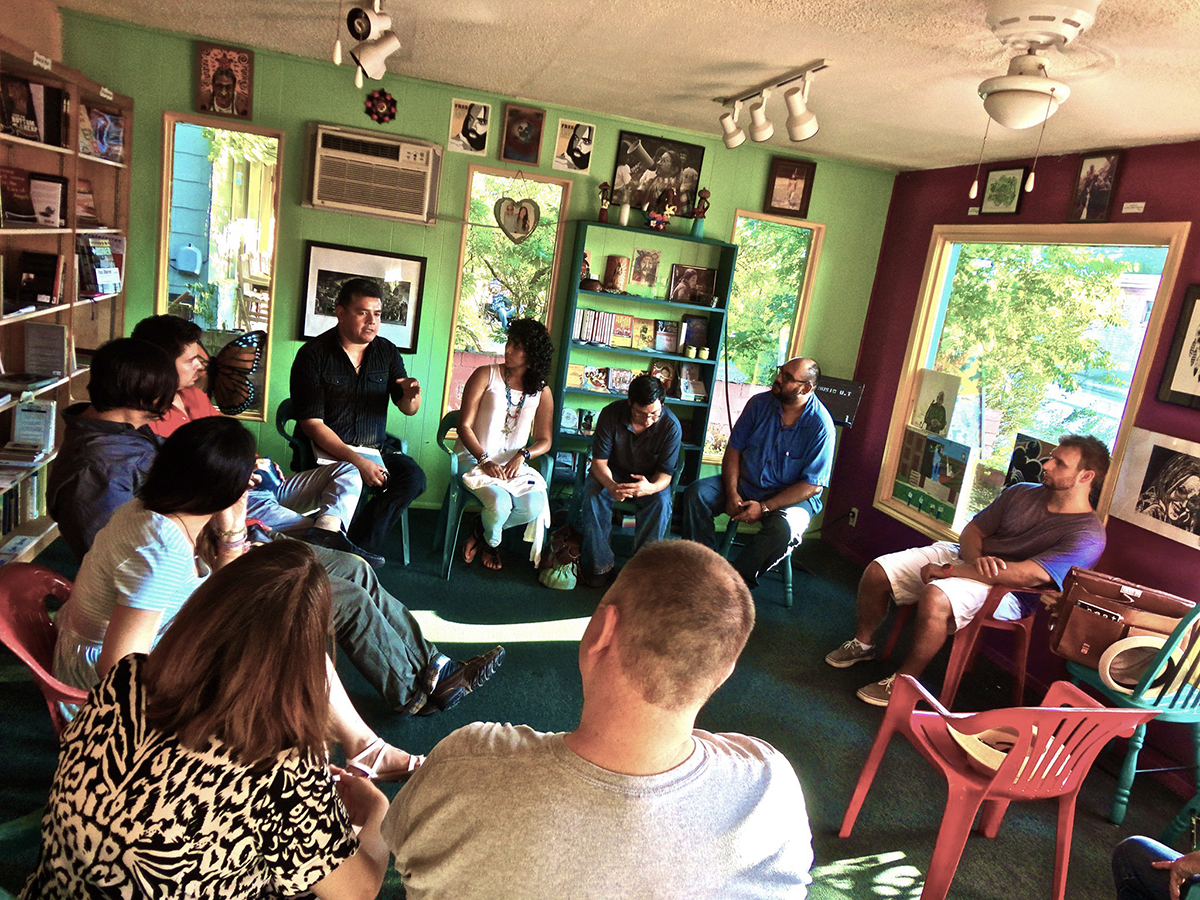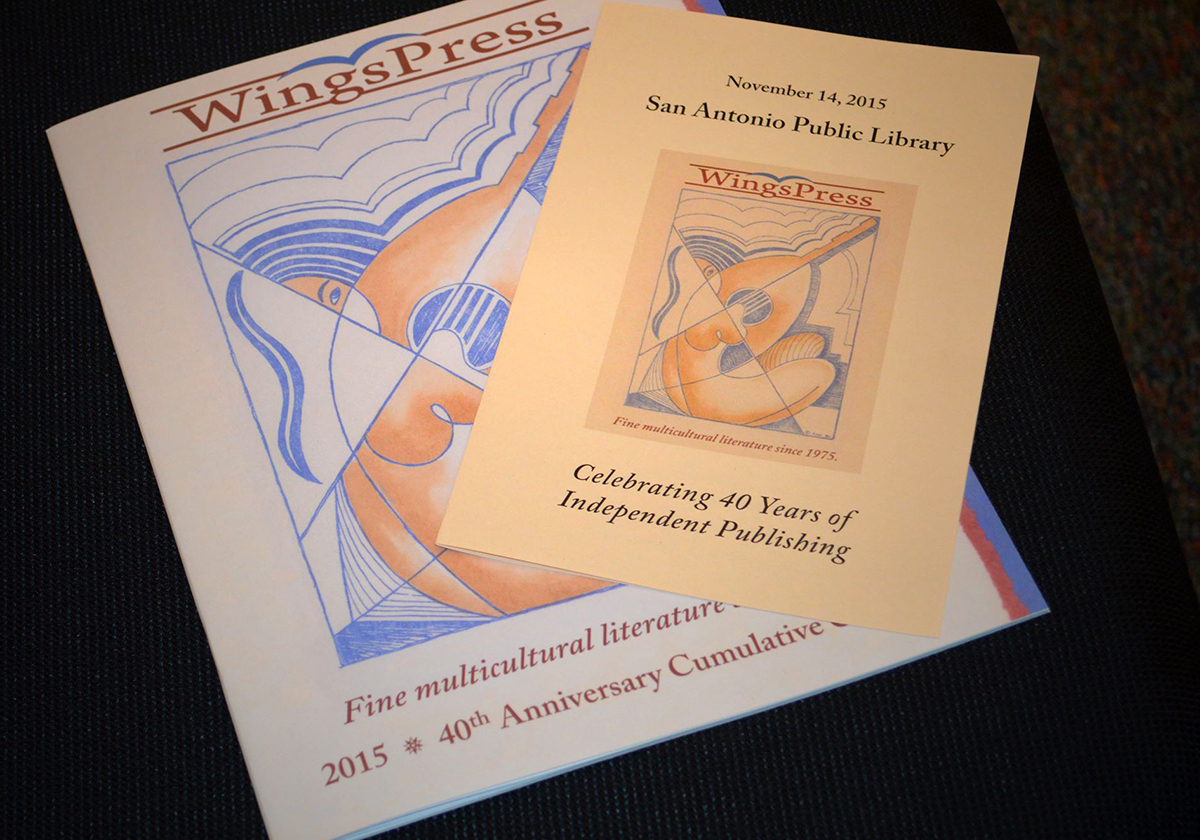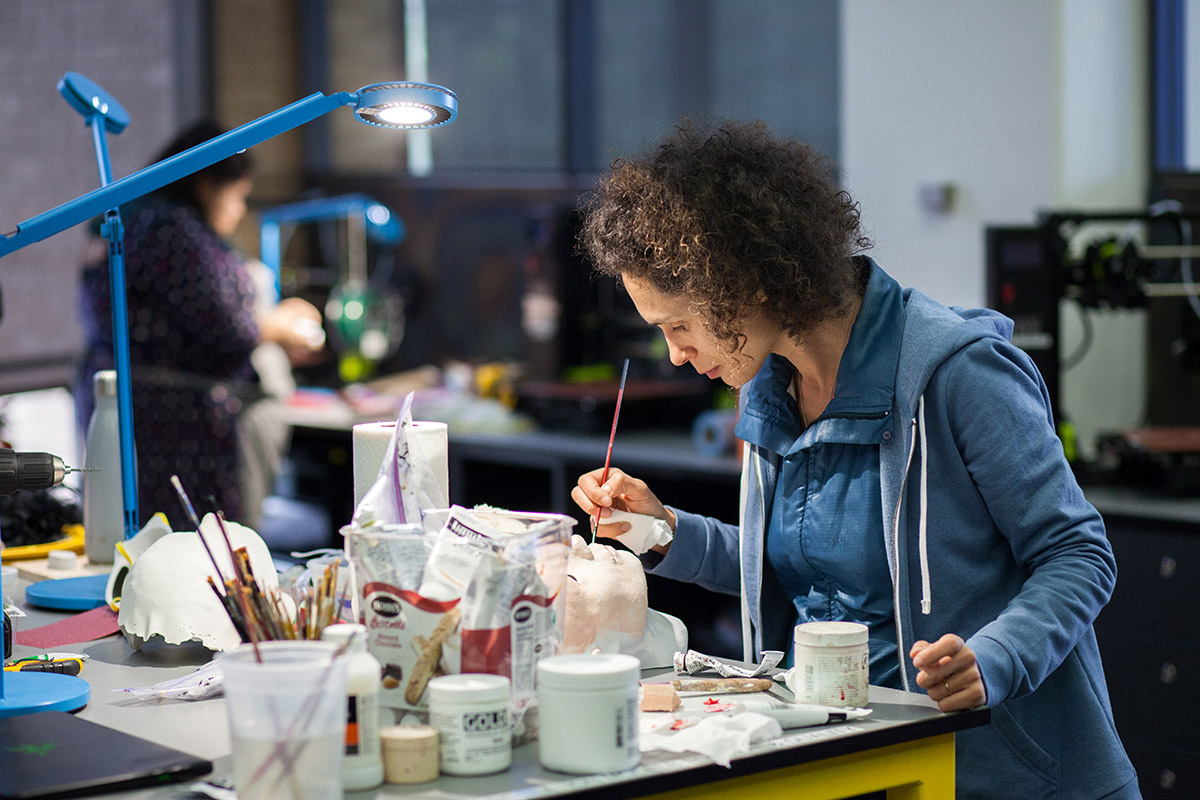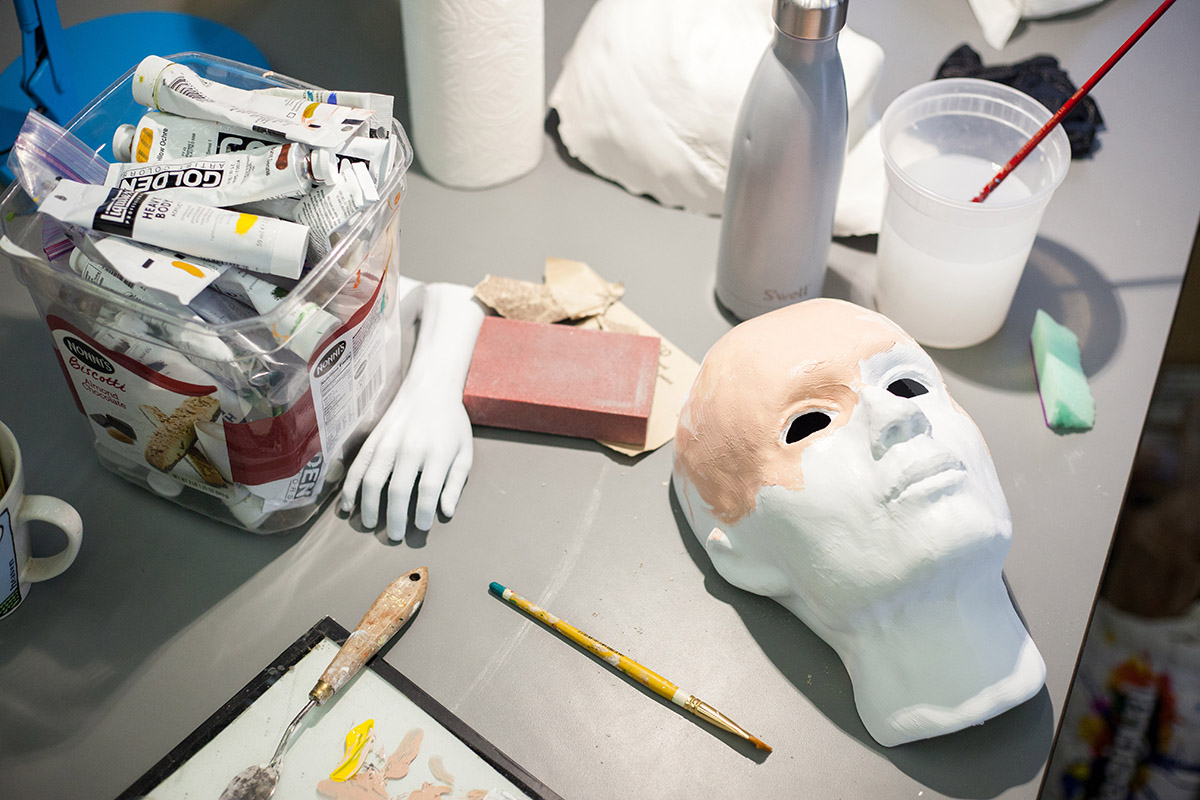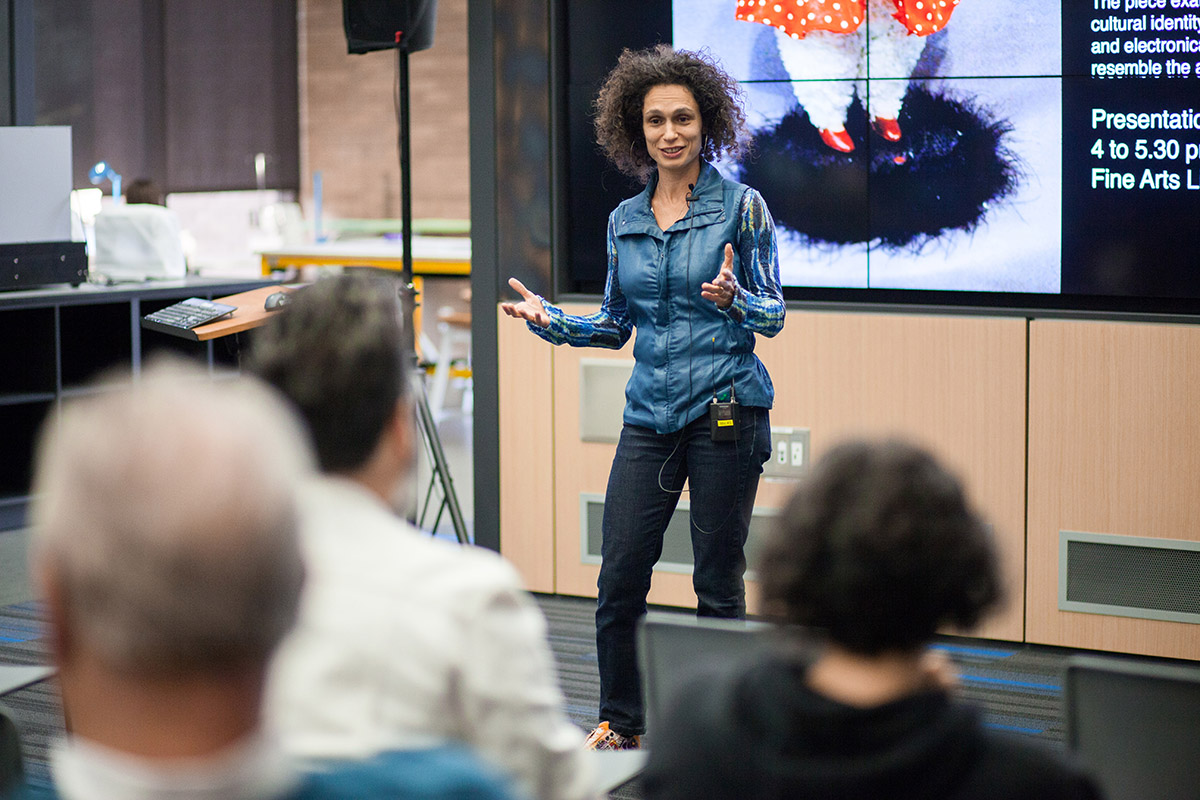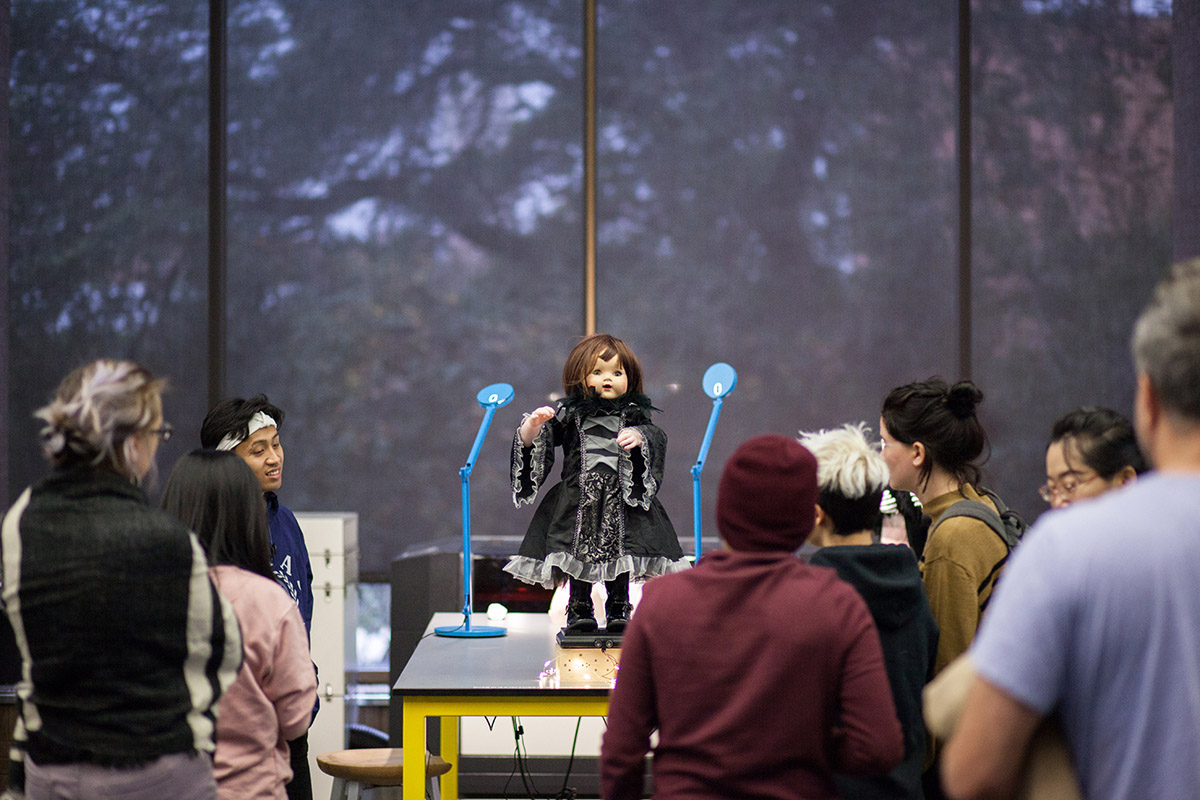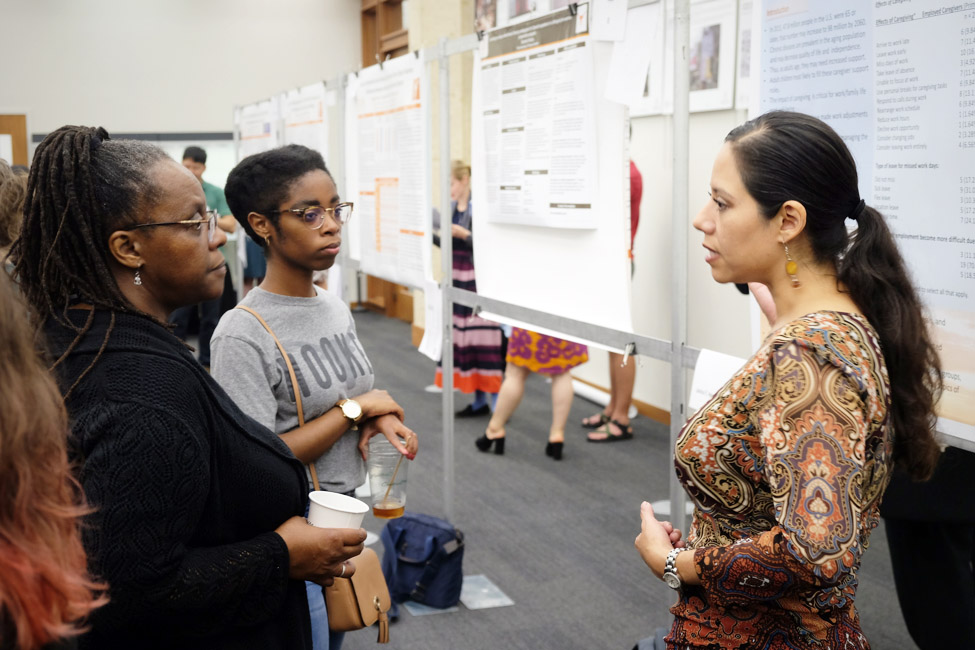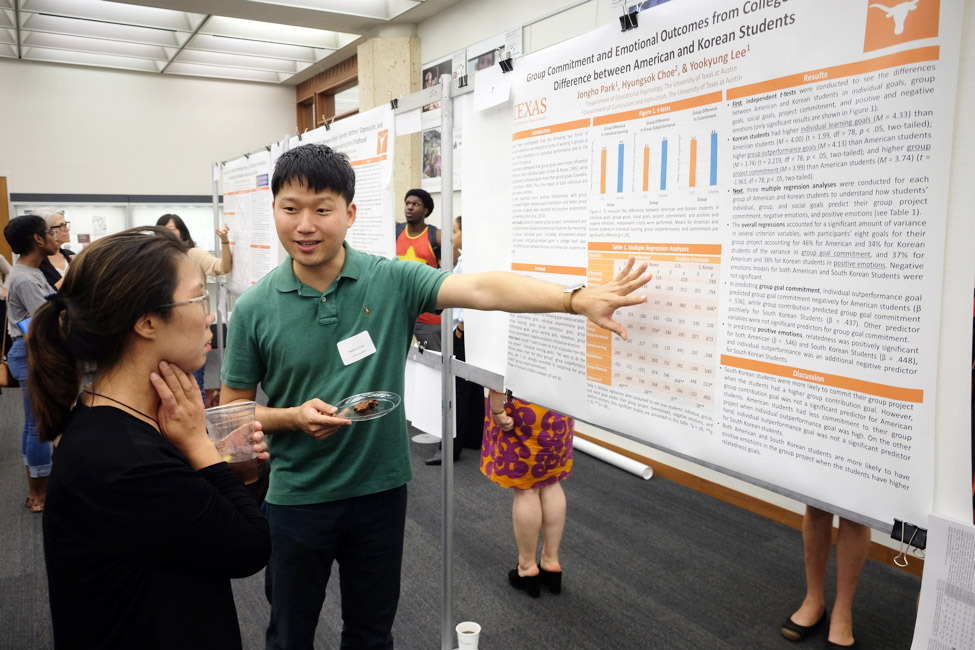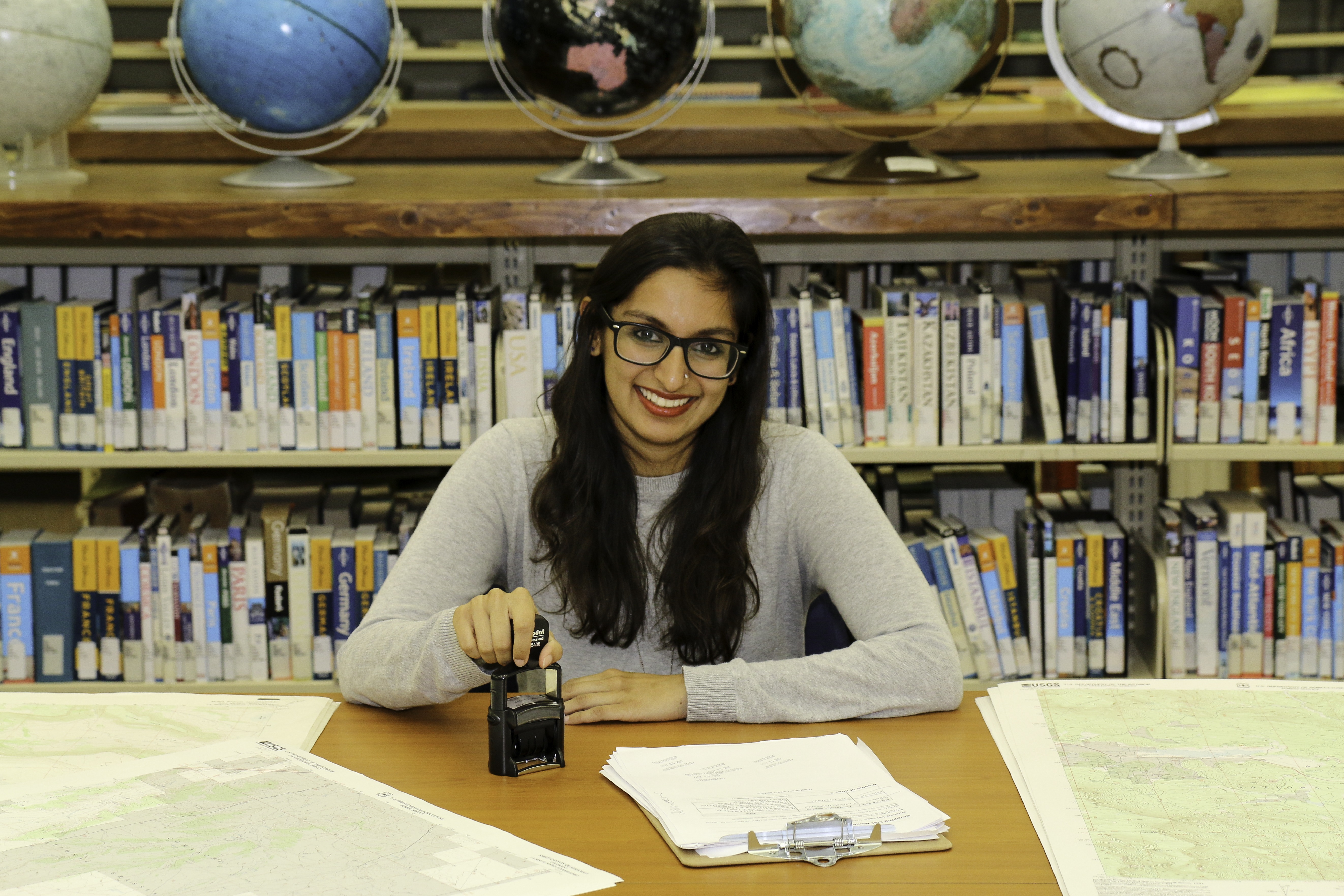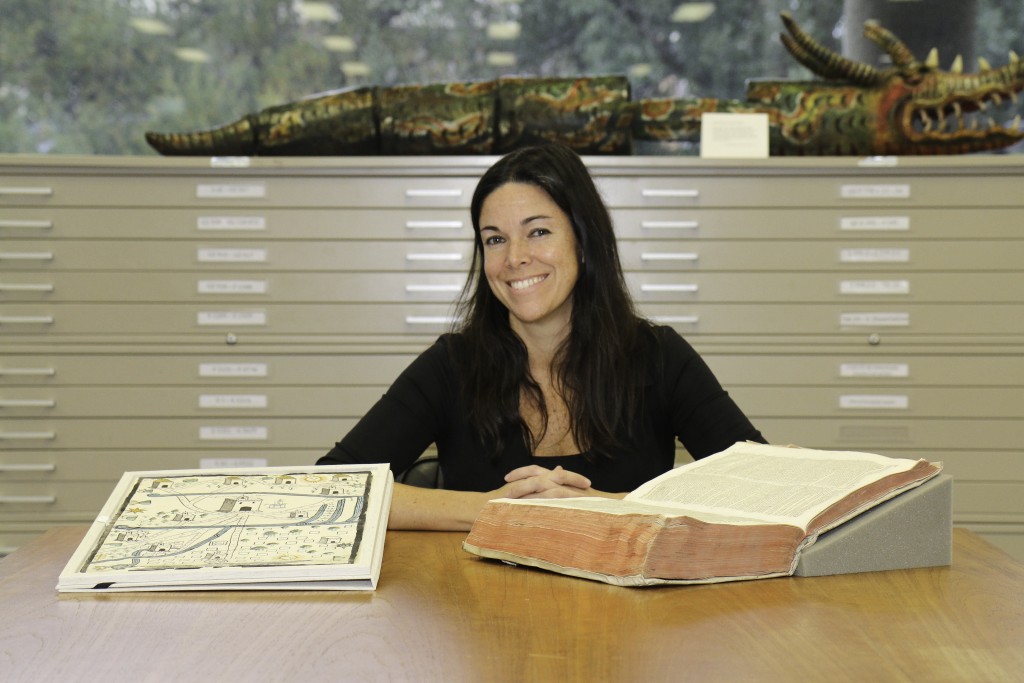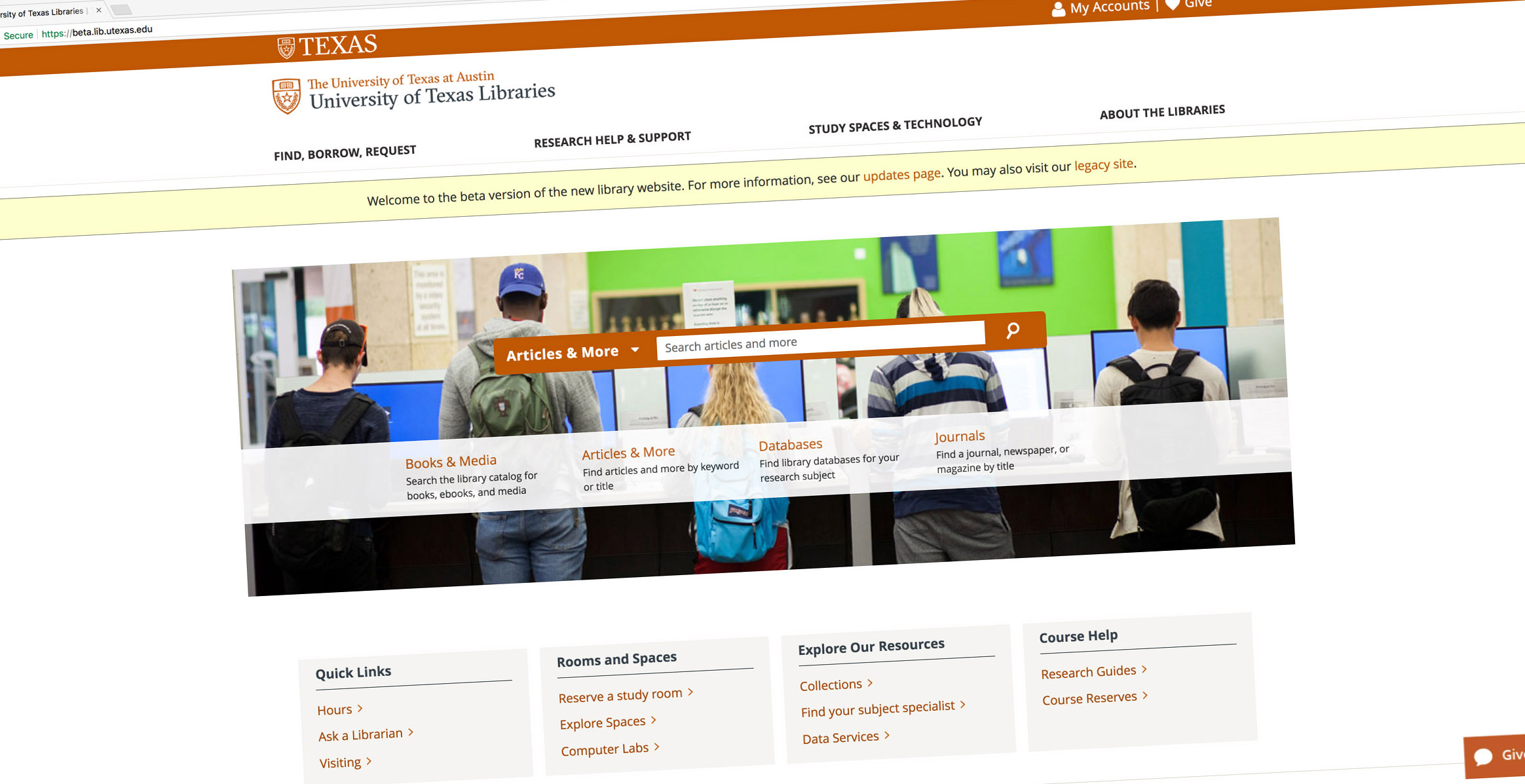An ambitious fall semester project in the Department of Mexican American and Latina/o Studies provided the opportunity for cross-campus collaborations that brought together the Harry Ransom Center and the Benson Latin American Collection.
The Department of American Studies Ph.D. candidate Amanda Gray’s course “Latina/o Representation in Media and Popular Culture” took students out of the classroom and into special collections to get a hands-on feel for archival research. The course took advantage of the “Mexico Modern: Art, Commerce, and Cultural Exchange, 1920-1945 exhibition” at the Ransom Center in late September before returning there on October 5th for an instructional session working with collection materials led by Andi Gustavson, Head of Instructional Services. Gustavson’s selected materials featured photographs of Mexican migrant workers from the 1960s, an anthology of early Mexican American literature, and items from the papers of acclaimed Dominican American author Julia Alvarez. However, it was Ernest Lehman’s collection on the film West Side Story that caught the eye of many students who were interested in how Puerto Ricans are represented, especially when many non-Puerto Rican actors played their roles, often in brown face.
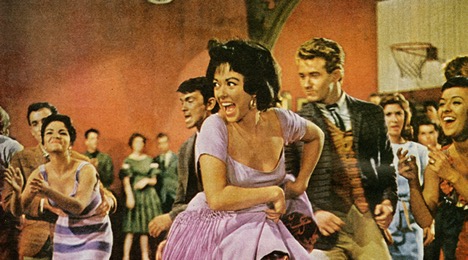
On October 10th, the class came to the Benson for another show and tell wherein I focused on archival materials relating to Latina reproductive health, the 1968-1972 Economy Furniture Company strike here in Austin, and the establishment of what has come to be known as the National Chicana Conference. Between the two archival visits, students saw a wide array of Latino representation, whether self-representation or dominant cultural representation, from the 1950s to the present day.
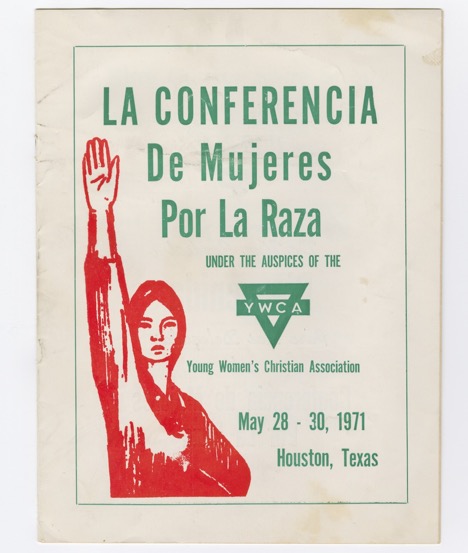
Under the guidance of Latin American Studies Digital Scholarship Coordinator Albert A. Palacios, the students incorporated the show and tell materials, along with their own research, into group digital projects using storytelling tools like StoryMapsJS and TimelineJS. The projects touched on a variety of issues, including class, disability, ethnicity, gender, race, sexuality, and other subjectivities. Scholarly Communications Librarian Colleen Lyon chipped in with a copyright crash course that taught students the best practices for posting academic findings online.
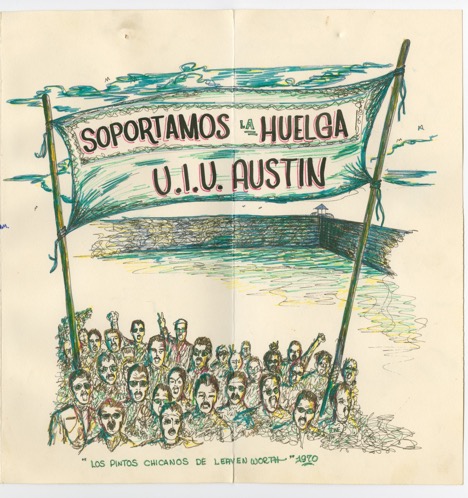
The students showcased their digital projects at one of the PCL Learning Labs on December 15th to the delight of an audience that consisted of UTL and HRC staff as well as faculty from the Department of Mexican American and Latina/o Studies. As for the students, they exclaimed how much they preferred working with these tools in a group setting as opposed to writing a traditional final paper. To that end, Professor Gray’s innovative pedagogical approach represents the possibility for integrating the library into courses going forward and in the process, strengthening relationships across campus.
If you would like to view the final projects, click here.

